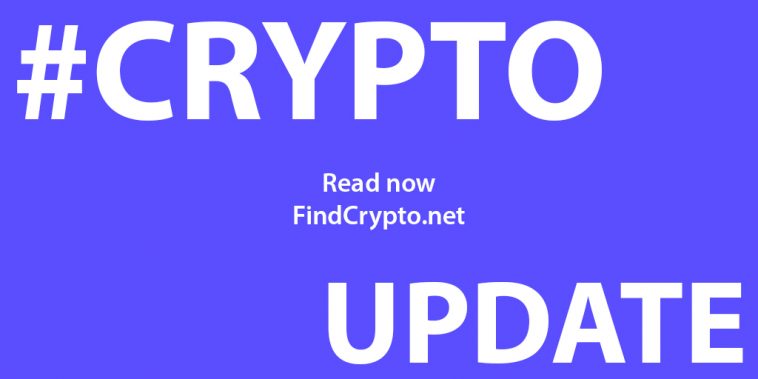Blockchain : Arbits — Topl’s Dual-Use Staking Token
Arbits are the dual-use staking tokens native to the Topl blockchain. Arbit holders can utilize their tokens either in Topl’s proof-of-stake (POS) consensus protocol or to stake positions in the protocol’s projection markets.
**Token Mechanics 1: POS**
Topl is currently working towards one of the first implementation of the cutting-edge consensus algorithm Ouroboros Genesis to secure its blockchain. Designed by researchers at IOHK, Ouroboros Genesis is provably secure and definitively solves the biggest problems usually found in POS consensus algorithms, the nothing-at-stake problem and the long-range fork attack [14]. At the same time, the consensus algorithm is lightweight enough to be run by users with almost any device and flexible enough to allow for stake delegation.
When users participate with their Arbits in the POS process, they collect transaction fees from all investments and other value transfers performed through the Topl protocol on a pro rata basis. For the average investment cycle, ~1.4% of the invested amount will be paid to active Arbit holders. More specifically, the consensus process for Ouroboros works in two stages, relying on the use of epochs to organize blocks, where an epoch is just a set of sequential slots each of which can house a block.
1. Based on the amount of stake (# of Arbits) used, slot leaders are randomly assigned using a secure verifiable random function implementation;
2. When a slot leader’s turn is reached, they alone can submit a block containing their collected but still unconfirmed transactions;
3. At the conclusion of an epoch, all transaction fees collected are distributed to all slot leaders who successfully published blocks to their allocated slots on a pro rata basis based on their stake.
**Token Mechanics 2: Projection Markets**
In addition to being able to participate in the consensus process, Arbit holders can use their tokens to open positions in Topl’s projection markets (described above). In the process, token holders submit their projections for how a prospective project or class of prospective projects will perform or how certain macro-economic indicators will evolve. The accuracy of their projections determines whether users will be awarded additional Arbits or lose (some of) the Arbits they placed behind their projection.
**Token Mechanics 3: Inflation Scheme**
In order to drive productive token usage and ensure that Arbits holders are active contributors to the health of the overall ecosystem, the Topl protocol includes a unique inflation scheme. Using the price information obtained from Topl’s native decentralized exchange, the Topl protocol will issue tokens to counter price appreciation. As the price of an individual Arbit increases by *x%*, then the *N*x%* new tokens will be issued (where *N* is the previous total number of tokens). These new tokens will be issued to those who have been actively staking in the current and most recent epoch and those who have open positions in one or more projection markets. This distribution will be done pro rata such that every* activ*e participant is guaranteed to hold at least the same percentage of all tokens they did before new tokens were issued. By this mechanism, we are able to ensure that only active Arbit holders will benefit from the value appreciation of the system.
**Token Mechanics 4: Community Guided Development**
The continued development of the Topl protocol, as well as the order in which new markets are opened, will be guided by Arbit holders. At least 30%, of the capital held by the Topl foundation, will be eligible for distribution into bounty funds. Through this process, Arbit holders can, on a pro rata basis, allocate funds to bounties for the development of new functionality or to the design of strategies to ensure compliance of the protocol in additional jurisdictions.
for more information visit:- [https://www.topl.co](https://www.topl.co)
What is the Blockchain?
A block chain is a transaction database shared by all nodes participating in a system based on the Bitcoin protocol. A full copy of a currency’s block chain contains every transaction ever executed in the currency. With this information, one can find out how much value belonged to each address at any point in history.
Author: Prince1091
Score: 1
Don’t forget to share the post if you love it !




